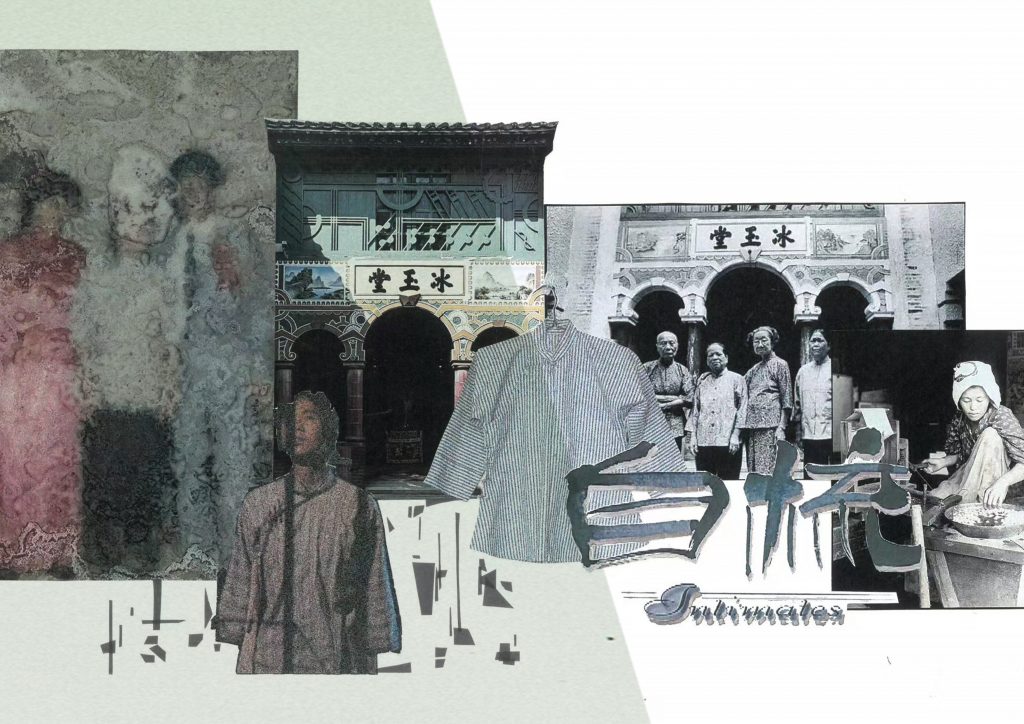In the first intervention, I chose historical imagery as the starting point. My idea was that photographs such as self-combing women, traditional architecture, and domestic scenes carry the historical conditions of Chinese women under marital institutions and social norms. These images themselves carry strong symbolic meanings, and I hoped that by showing participants these old photographs, they might connect the “past” with the “present,” thereby triggering reflections on marriage.
The intervention process was as follows:
- Ask participants: “Looking at this picture, what is your first reaction?”
- Give a brief introduction to the story of the self-combing women;
- Ask: “Have you ever thought about getting married?”
- Use the 5 Whys technique, continuously asking “why,” to guide them into deeper reflection.
The feedback from different groups varied significantly:
- Group A (big cities, highly educated, feminist awareness)
- Participant Melan (25, Master’s student) initially understood marriage as “companionship and security.” Because her parents were divorced, she feared loneliness and regarded marriage as a safeguard. But when she saw the image of the self-combing women, she began to reflect that marriage might not be the only option, even though such independence still felt unfamiliar and distant to her.
- Other participants generally commented that the images felt “historical” but too distant from real life to provoke personal association.
- Group B (smaller cities, limited economic resources)
- Participant A (22, undergraduate) grew up in a patriarchal family. Although she had some feminist awareness, she still regarded “being pursued or getting married” as a validation of her personal value. She admitted this belief mainly came from family and social pressures. When confronted with the image of the self-combing women, she admired their independence but immediately said, “I can’t do that,” because in reality she could not truly detach from marriage.
- Participants in this group also emphasized that the images felt “historical,” but disconnected from real life.
Overall, historical imagery did provoke some reflection: participants in Group A started to realize that marriage is not inevitable, while participants in Group B wavered between admiration and helplessness. At the same time, the distance between these images and present-day life limited the impact of the intervention.
After this experiment, I realized that if participants were to truly bring their own experiences into the process, I would need to introduce symbols that are closer to everyday life. This line of thought led me to the next iteration: everyday scenes. At the same time, I also adjusted the order of the intervention: the historical background of the self-combing women should be introduced only after the initial questions, not before.

Leave a Reply